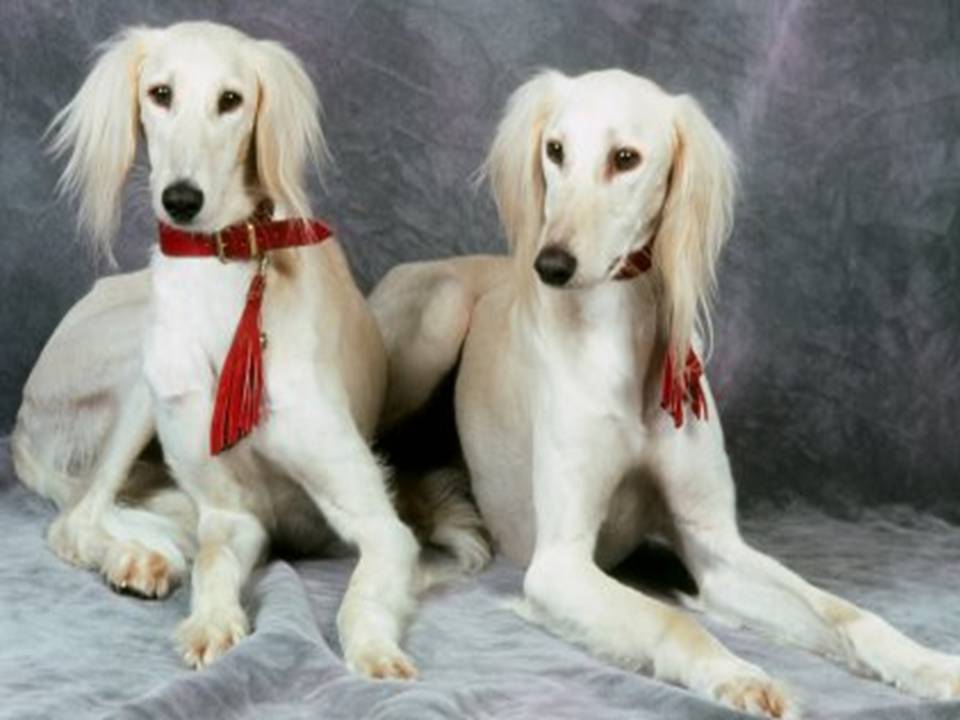The Persian Greyhound or the Royal Dog of Egypt
The Saluki, also known as the Persian Greyhound or the Royal Dog of Egypt, is one of the oldest and most respected dog breeds in the world. Its history stretches back thousands of years. Ancient cultures admired the Saluki for its grace, speed, and hunting skills. This breed has travelled across vast lands, evolving alongside human civilization. It has left a lasting mark on the history of dogs and their relationship with humans.
Ancient Origins and Early Depictions
The Saluki’s origins connect deeply with the ancient civilizations of the Middle East, especially the nomadic Bedouin tribes of the Arabian Peninsula. Archaeological evidence suggests that the Saluki’s ancestors may have existed as far back as 7,000 to 10,000 years ago. Ancient pottery, tombs, and mosaics from Mesopotamia to Egypt depict the Saluki.
In ancient Egypt, the Saluki held a special place. People associated it with royalty and nobility. Artifacts and tombs often show Salukis as companions of pharaohs. Some Salukis were even mummified alongside their owners. Ancient Egyptians believed these dogs had divine qualities. Their connection to the gods made them more than just hunting companions—they were sacred animals.
The name “Saluki” may come from the ancient city of Saluq in Yemen or a similar region in Arabia. However, limited historical records make this origin uncertain.
Role in Bedouin and Middle Eastern Culture
For the Bedouin tribes of the Arabian Peninsula, the Saluki was more than a hunter—it was a vital part of their way of life. These dogs hunted game like gazelles and hares across the vast deserts. Their speed, agility, and endurance made them perfect for the harsh desert environment.
Salukis can run up to 40 miles per hour. They rely on their exceptional eyesight to hunt, making them sighthounds. Unlike other breeds, Salukis hunt silently and swiftly, without barking. This made them ideal for stealthy hunting expeditions.
The Bedouins treated Salukis as family members. These dogs often shared tents with their owners and received special care. Families protected them from the harsh desert conditions. Many Bedouin families owned only one or two Salukis, passing them down through generations. This ensured the breed’s purity and high value.
The Saluki’s elegant, sleek, and athletic appearance reflected its status as a symbol of wealth and prestige in Bedouin society.

The Spread of the Saluki
The Saluki’s fame spread beyond the Arabian Peninsula. Traders, explorers, and conquerors encountered the breed during their travels across the Middle East and North Africa. Salukis began appearing in Persia, the Levant, and Egypt.
Ancient Persian texts and art often feature Salukis, highlighting their importance in Persian culture. In the Levant, people valued these dogs for their ability to navigate rugged terrain and hunt for food.
The breed likely reached Europe during the Crusades in the 11th and 12th centuries. European soldiers admired the Saluki’s speed and elegance and brought some dogs back to their homelands. Over time, the breed became popular among European aristocrats. However, the Saluki only gained widespread recognition in the West in the late 19th and early 20th centuries.
The Saluki in Modern Times
The Kennel Club in England officially recognized the Saluki in 1923. Explorers and dog enthusiasts imported these dogs from the Middle East to promote the breed. Lady Florence Amherst played a key role in this effort. She fell in love with Salukis during her travels in Egypt and worked to popularize them in Europe.
The American Kennel Club (AKC) recognized the Saluki in 1927. Despite its long history, the breed has remained largely unchanged in appearance and temperament. Modern Salukis still possess the speed, grace, endurance, and independent spirit that made them valuable to ancient cultures.
Today, Salukis are no longer primarily used for hunting. Instead, they are popular as companion animals and in dog shows. Their striking looks and agility make them stand out.
Salukis are often described as aloof, independent, and reserved. These traits reflect their centuries of living alongside nomadic tribes. While they form deep bonds with their owners, they are less overtly affectionate than other breeds. Their dignified and sometimes standoffish nature adds to their unique charm.
Preservation of the Breed
Modern Saluki enthusiasts work hard to preserve the breed’s purity and integrity. Some import dogs directly from the Middle East to maintain the Saluki’s original qualities. Salukis continue to participate in dog shows, lure coursing, and other competitive events. These activities showcase their natural speed and agility.
Although the Saluki is a relatively rare breed today, its long and storied history fascinates dog lovers worldwide. Its legacy as a companion to royalty, a skilled hunter, and a revered member of nomadic cultures ensures its place as one of the most iconic dog breeds.
Conclusion
The Saluki is a breed with a rich and ancient history that spans millennia and crosses continents. From its origins in the deserts of the Arabian Peninsula to its revered status among the pharaohs of Egypt, the Saluki has always been a dog of distinction. Its unmatched grace, speed, and loyalty made it an invaluable companion to nomadic tribes. Its elegance has earned it a place in the hearts of dog enthusiasts around the world.
Today, the Saluki continues to embody the qualities that have made it so beloved for centuries—quiet dignity, unwavering loyalty, and exceptional beauty.



Very nice your site. Very interesting info, now I know what dog to buy